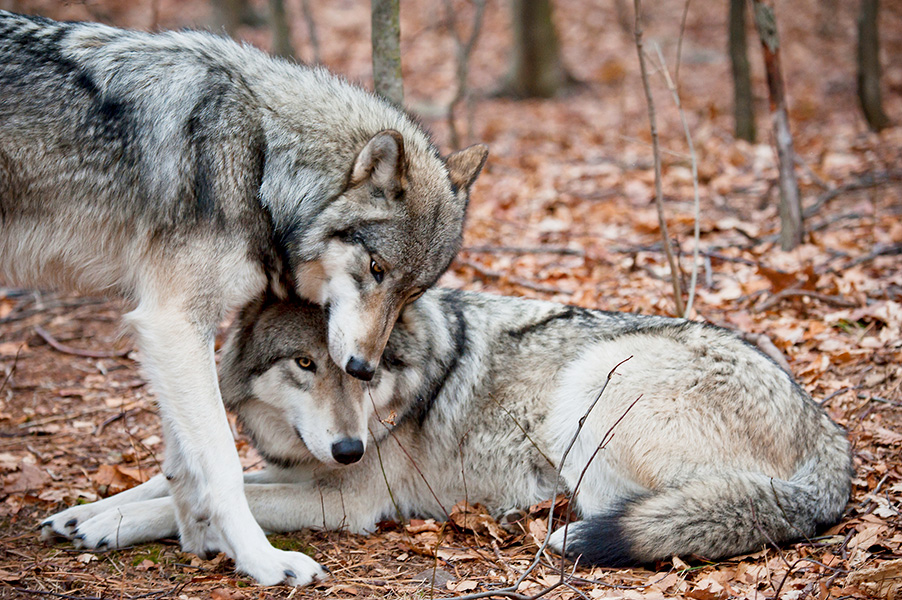
The unaware human subjects involved in the bear selfie phenomenon aren’t the only ones who have put wildlife at risk while professing a love for animals, however. There are three ways we routinely hear about people interacting with the animals out of admiration that could be putting wildlife (and the people around wildlife) at risk.
1. Photos. It isn’t just bears, it isn’t just selfies, and it didn’t stop when we wrote our blog in November 2014. Attempts to get close to wildlife for a photo – be it with a cell phone or an expensive rig – can have a bigger impact than expected. Proximity tolerance is the key to this issue: the level of comfort any animal has to a specific thing (in this case, wild animals and humans). As their exposure to people grows, and sometimes has positive rewards (often food used for baiting, or success in getting closer without consequence), the animals’ proximity tolerance increases, and the possibility of conflict also increases. This comes up more often than we’d like to see, from individuals wanting a quick shot of a wolf with their cell phone camera, to professional-level photographers intentionally baiting to get the right shot.
2. Transportation. This is one of the most ridiculously sad things that wildlife rehabilitators and wildlife officials see too regularly: someone sees an animal they believe to be injured, orphaned, or for some other reason, inappropriately alone. They pick up that animals take them somewhere else (home, to another area, to a wildlife rehabilitator). And by doing so, they’ve effectively ended that animal’s life. It’s sometimes hard to remember that wildlife social structures don’t mimic our own, and sometimes, a baby bunny, or a seemingly injured deer, is alone for a reason. Before touching any animal, make a few calls to local experts – wildlife veterinarians, rehabilitators, or wildlife officials – to find out what, if anything, you should do.
3. Feeding. We write, talk, post, share, and tweet this regularly, and we will keep doing so while people continue to feed wildlife. It’s not good. Not only do most people not provide biologically appropriate foods to the animals they’re feeding, but it creates an unnatural change in the behaviour of every animal interested in that food. While you may have fed animals all your life and not witnessed consequences, it only takes one wild animal getting too close to one person looking for food to get that animal killed. If an animal is hungry and no resources are available, they will move on to find new resources – and that’s okay.
We love animals, and we want to see them flourish in nature. But that means respecting them enough to let them and their families be who they are: wild.
monthly donor(for as little as $5/month – the cost of a single latte) pleaseclick hereand help us save lives today.

